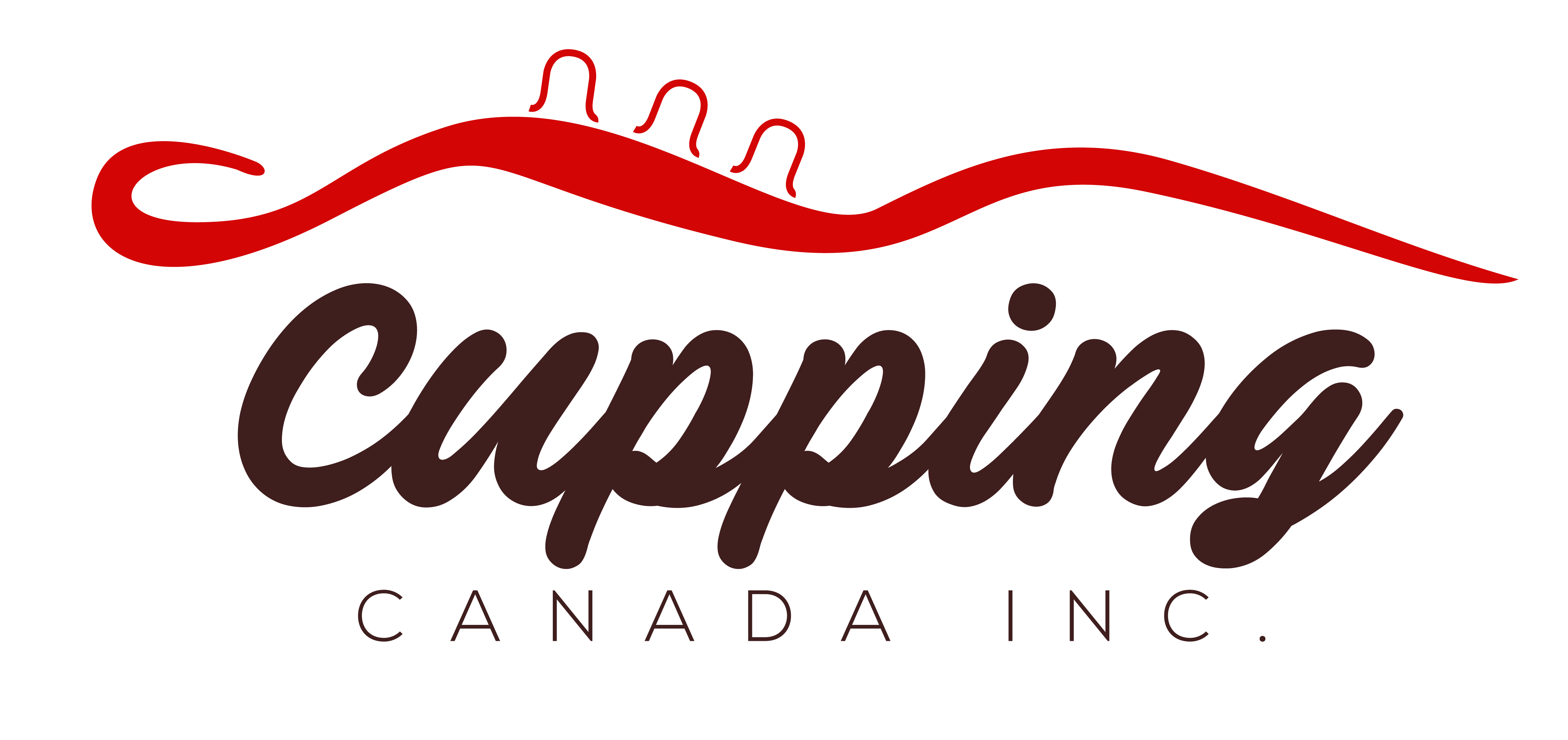
Cupping Canada
Live Online: Upper Body - Evidence Informed Clinical Cupping - Level 2
Join us online for this hands-on training and learn how to provide quick and effective pain management for the enhanced mobility of your clients with Cupping Therapy for Upper Body conditions.
This Cupping course is unique in that we do not focus on any one 'type' of Cupping Therapy but rather focus on the research available and the types of treatments that can be provided using the various products in the marketplace. This approach provides you with the knowledge and skill on how to use a number of different types of cups to achieve the overall therapeutic outcome your clients are looking for.
We provide you with information on how to treat upper body common client complaints by using Cupping Therapy for the overall outcome of your client’ treatment plan. We will cover techniques to use that are specific for the treatment of injuries and enhancing mobility. There is evidence that Cupping Therapy can influence the nervous system and has been shown to influence research subjects' perception of pain...so join us and discover the ways that you can make a big difference in your clients' wellness journey.
Save your body and your hands and most importantly, discover how the versatility of Cupping Therapy can transform your practice into life changing bodywork.
You will be able to take the course from the comfort of your home or office, over the internet.
What you will need is
- a laptop with a camera or a computer with a webcam or a tripod for your phone/tablet and a bit of space to work in. The camera will pick up what you are doing, so a way of using it close to you and hands free will be very helpful.
- a good quality internet connection
- a headset or headphones with a mic (the ones that come with most phones will work well) This will stop feedback from happening when people have open microphones.
- a person to practice on – if you are isolating, no worries you can practice on yourself!
- massage table and linens, massage oil, and whatever makes you happy in your treatment room. If you do not have a partner this is not necessary but could make it easier to practice on yourself
- You will need a set of cups. If you do not have cups check out our online sample pack.
- Hydrogen peroxide – if you are able to access it above 7.5% from a hydroponics store or a pool supply store. It is not mandatory for the course but required for disinfection once you begin working with clients again, so it is good to have on hand.
****Weekend classes are from 3:30 to 7:30 pm EST. Week day classes are from 6-10pm ET*****
Instructor
Paul Kohlmeier, BPE, RMT, R.Ac.
Registered Massage Therapist and Registered Acupuncturist, Paul Kohlmeier is an experienced and skilled therapist who is also trained as a Traditional Chinese Medicine Herbalist. Graduating with a Physical Education degree from the University of Manitoba, Paul went on to obtain his Diploma in Massage Therapy from Wellington College and Diplomas in both Acupuncture and Chinese Medicine from the Hua Xia Acupuncture and Herb College of Canada. Paul has a wealth of information looking for ways to get out of his head…which has led him to teaching and lecturing over the last 15 years.
Paul runs a community acupuncture practice, in addition to his Massage Therapy practice from his clinic based in Winnipeg, Manitoba. In addition to his keen interest in Massage Therapy and Chinese Medicine, Paul is a self-proclaimed research geek having participated in the World Fascia Congress, IN-CAM and the Massage Therapy Foundation Research Conference and loves bringing everything he learns into the treatment room as well as the classroom.
Being certified in both Massage Therapy and Chinese Medicine, Paul has a unique ability to speak to the two different bodies of knowledge. He takes a decidedly different approach, working towards an explanatory narrative that represents current thinking and science, as well as adding a feedback-based model of explanation that includes a patient-directed approach.


